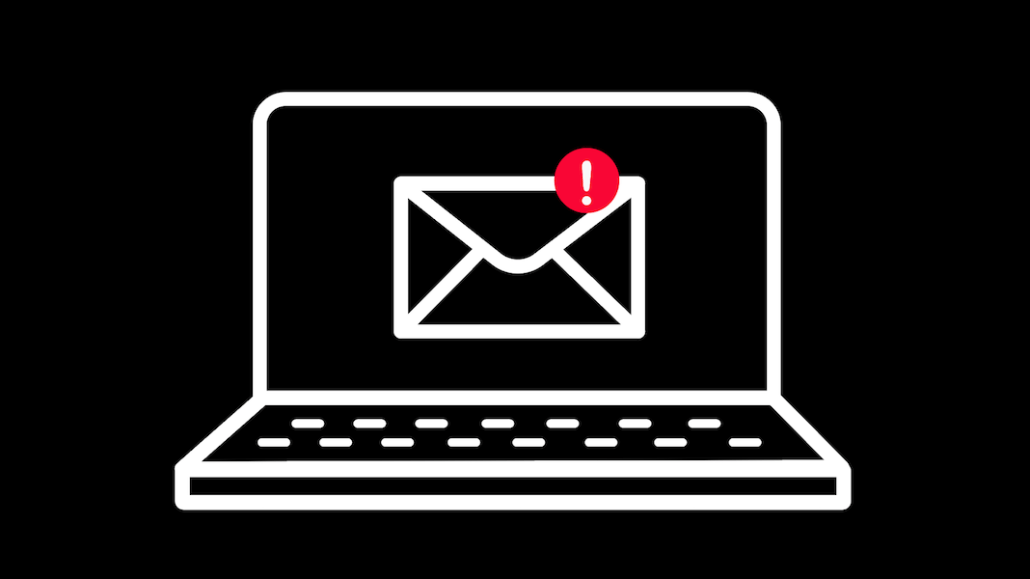Save 50% on a 3-month Digiday+ membership. Ends Dec 5.

Allison Mezzafonte, media industry advisor, Sailthru
At the start of 2022, it’s safe to say that email’s moment of resurgence is far from over. Independent technology startups like Substack arguably kickstarted the newsletter trend by providing turnkey platforms for independent content creators to quickly launch newsletter offerings, build audiences and realize subscription revenue — at scale.
Last year, Twitter, Facebook, and Google all announced newsletter platform offerings, with major media outlets increasing their attention to newsletters. The New York Times rolled out 15 newsletters to paying subscribers, and The Atlantic introduced nine subscriber-only newsletters from high-profile writers.
But while the fanfare has been highly focused on the desirability of newsletters to build relationships between creators and readers, in a way similar to podcasts, news organizations also use newsletters to connect with audiences and deliver fast-moving breaking news content.
Email’s reliability is bringing it back into focus for media companies
As media companies hustle to keep up with an ever-changing market fraught with policy changes, algorithm updates and an increasing lack of control, it’s become challenging to find reliable marketing solutions.
Fast-moving news organizations leverage email and its capabilities for a few reasons: It’s one of the oldest and most reliable push notifications, and it can be highly customized, delivering the most relevant content at the optimal time.
Ad position: web_incontent_pos1
For some publishers, channels that have historically distributed content have seen diminishing returns over the past few years. For example, social media, once a juggernaut of traffic for media companies, doesn’t always reach readers as it once did and often lacks personalization. Media companies are always at the mercy of a platform’s algorithmic tweaks and can see their reach reduced at a moment’s notice.
Email has received renewed focus in recent years thanks to its reliable and steady content delivery to an audience as social platforms become increasingly unpredictable. Email is ideally suited for the owned, direct one-to-one relationship between a publisher and a subscriber.
Fueling the fast-moving media engine
Interesting case studies and data points have recently emerged, highlighting the role that a strong email service provider (ESP) can play in fueling efficiencies and growth at some of the media’s fastest-moving publishers.
Data collection, automation and personalization are critical infrastructures of these organizations. With a reliable ESP, these tools are easy to leverage.
Ad position: web_incontent_pos2
Email is a direct, one-to-one channel that media companies use to push content to their audience — and even more importantly — get a line of sight into analytics about reach, engagement and time spent.
This data enables them to understand their reader better and deliver the most relevant content possible. For example, the San Francisco Chronicle leveraged email’s one-to-one relationship to collect interest data from its readers and then used those insights to deliver more relevant content — increasing its email click-through rate by more than 31%. And then, once on-site, personalized recommendations keep readers engaged by presenting them with the most personally-relevant stories, increasing pageviews for the publisher by over 44%.
Email is fast-moving — just as news organizations are — and can push content effectively and efficiently to the right audiences. The Associated Press, a leader in breaking news, cites email as the most effective way to engage readers and drive online revenue. With hundreds of thousands of new subscribers to satisfy, The AP relies on trusted email partners to auto-generate personalized newsletters. On average, this saves the brand’s editing team three hours or more on the production of every newsletter. At the same time, the publisher’s email subscriber base grew by 400%, and website traffic from email ballooned more than 1,000% — giving everyone a reason to be excited about these changes.
News publishers have to move fast with high content output across a wide range of topics, meaning that sometimes, certain “nice-to-haves” get left behind. Automation can play a critical role in shoring up content distribution strategies and maximizing efficiencies.
Take, for example, Morning Brew. They are known for engaging and pithy subject lines and use automated A/B testing from their trusted email partner to ensure every email they send has the most compelling subject line, ensuring maximum performance across all campaigns.
In a dynamic industry like media, where the pressure of change is ever-present, it can be tempting to look to the newest, shiniest product as a means of keeping up. In preparing for a new year ahead, media organizations must maximize their available resources and explore new ways of making these tools work harder for them.
Sponsored By: Sailthru
More from Digiday

Ulta, Best Buy and Adidas dominate AI holiday shopping mentions
The brands that are seeing the biggest boost from this shift in consumer behavior are some of the biggest retailers.

Digiday+ Research Subscription Index 2025: Subscription strategies from Bloomberg, The New York Times, Vox and others
Digiday’s third annual Subscription Index examines and measures publishers’ subscription strategies to identify common approaches and key tactics among Bloomberg, The New York Times, Vox and others.

U.K. retailer Boots leads brand efforts to invest in ad creative’s data layer
For media dollars to make an impact, brands need ad creative that actually hits. More CMOs are investing in pre- and post-flight measurement.
Ad position: web_bfu


